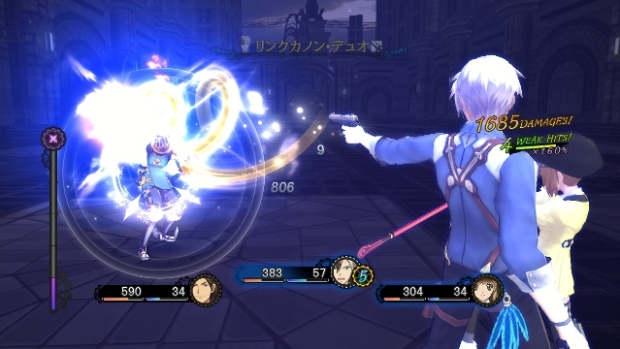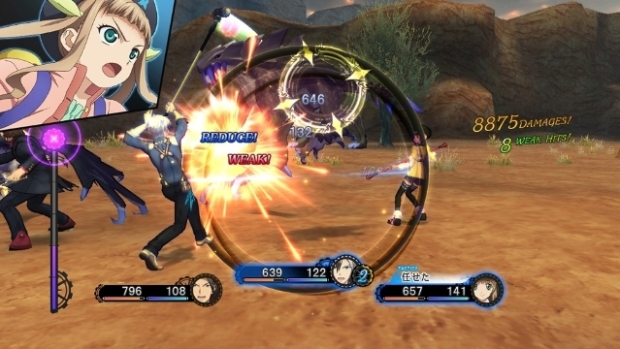Tales of Xillia 2 Preview – A Fresh Approach
We weren’t huge fans of Tales of Xillia here at God is a Geek. Nope, not huge fans at all. The game was far too staid, sticking to painful JRPG genre conventions in terms of characterisation and world construction to the point that, if it weren’t for the trademark Tales combat, the game would be fairly irredeemable. As it stood, it was merely unremarkable.
Tales of Xillia 2 has a lot to prove, and my approach was laced with trepidation. It’s with genuine relief, then, that Tales of Xillia 2 makes a far improved initial impact than its predecessor. It’s no renaissance for the genre, but Tales of Xillia 2 is at least a more compelling adventure than what came before and, at most, a JRPG tale that is occasionally mind-meltingly ambitious.
The game deals with alternate timelines, you see, and the role of your character, Ludger Kresnik, as someone with a particular interest in regards to their existence. The game doesn’t start with tragedy, it instead starts with confusion, a fat cat, and a mobster loan.

Of course, you play as an androgynous male with fabulous hair, but he’s a silent headstrong type that just wants to do his brother proud, and gets entangled in some glorious timey-wimey shenanigans in the process. It’s a huge step up from Xillia’s predictable narrative angle.
Sadly, Xillia 2 can’t escape from many of Xillia’s issues, such as its characters. Xillia’s characters were a typical JRPG crew, and Xillia 2 has you bumping into many of them, as you’d expect from a straight sequel (the game is only set a year on from the first). That said, Xillia 2 focuses on individual drives and narratives which is, again, more compelling than Xillia’s typical “crew of misfits saves the world” tale.
Other issues aren’t so easily shrugged off. For example, technically Xillia 2 is still questionable, with pop-up during town sequences being a reminder of the last game’s lazy presentation. I said it back when I previewed Xillia and I say it again now: it’s unacceptable that a game with Tales of Xillia 2’s looks and pedigree in 2014 suffers from such technical foibles.

Then there are the “choices” you must react to in story segments; this or that questions. These are less choices and more flavouring, certainly nothing for BioWare to lose sleep about. Example: “Do you want to follow the girl onto the train? Yes or no?” Say yes and Ludger leaps into action. Say no and Ludger looks away only for a woman’s scream to grab his attention and cause him to leap into action. The scene will conclude the same no matter how you choose to act (and this is true for every scene I played), you’re just embellishing the flow ever so slightly. Do you want chocolate sprinkles on your vanilla ice cream, or strawberry? Doesn’t really matter much, you still end up with a vanilla ice cream puddle at the end.
But then you get into a scrap and, as was the case with Xillia 1, you remember why you play Tales games. The quick and nippy real-time scraps of the Tales series are here and represented as strongly as ever with some cute adjustments and tweaks. Xillia’s free-run is back and as thrilling as ever, while a side step is also included that’s similar to the one present in Tales of Graces, making large encounters even more reactive than before. In fact, Tales of Xillia 2 might have the best combat of any Tales game to date.
By and large, Tales of Xillia 2 manages to be exactly what it needs to be: a departure. Sure it’s set within the Xillia world, but there’s a creativity present in the narrative already that’s both unbelievably complicated but also lighter-hearted than its predecessor. It’s a real testament to how a tweaked set up can be all that’s needed to make a JRPG feel fresh again.




